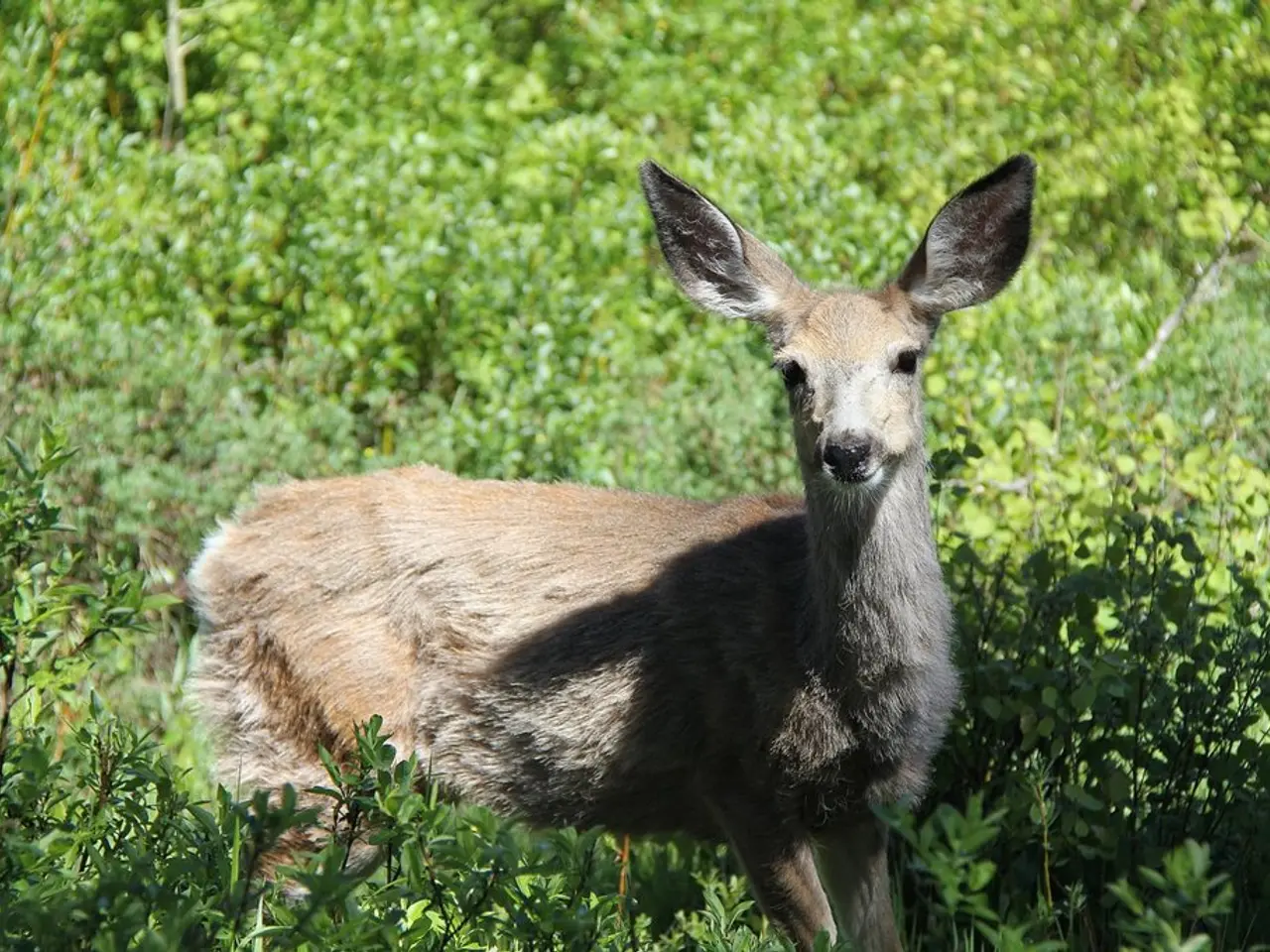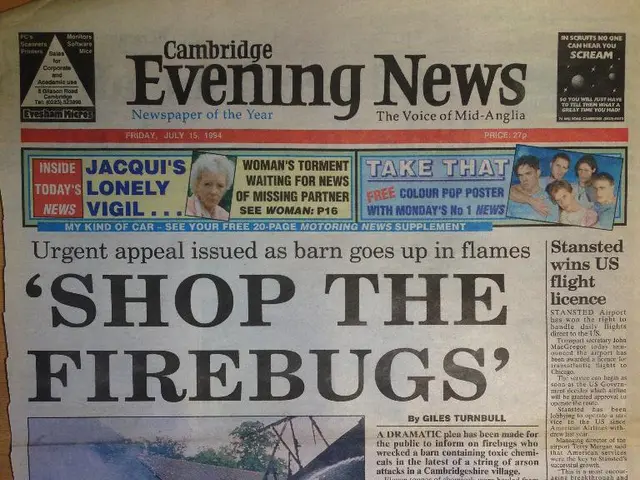Reindeer Offer More Than Santa's Presents - Their Contribution to Maintaining Climate Stability
In the expansive Arctic tundra and northern forests, half of the carbon dioxide absorbed on land is sequestered, playing a vital role in mitigating climate change. A recent study published in the journal Science of the Total Environment from the University of Oulu has shed light on the impact of reindeer grazing on carbon emissions in these regions.
Researchers found that in grazed areas, little carbon escaped, even during low-snow years. However, in areas where reindeer are absent and lichen is abundant, low snow years can become a carbon bomb, releasing dangerous amounts of carbon dioxide into the atmosphere.
One intriguing finding from the study is that reindeer may counteract the increase in carbon release from tundra due to hotter summers. In Finland's pine forests, for instance, a study conducted between 2019 and 2023 revealed that forests that have experienced recent grazing can survive years with little snow without releasing much carbon.
At Oulanka, reindeer have been excluded for 25 years from part of a forestry site, but are free to graze the other part. The study found that in years when the snow was deep, little carbon was released. However, more paltry snowfalls led to significant amounts of carbon escaping to the atmosphere.
To further understand this phenomenon, snow was added to some plots and removed from others. The slow growth of lichen in the cold climate was found to play a significant role in this process. At Kevo, an area ungrazed for 55 years was compared with neighboring grazed forest. The recovery of lichen cover may have influenced soil temperature, moisture conditions, and the amount of carbon released.
University of Oulu PhD student Noora Kantola stated that the findings could indicate that northern coniferous forests may be relatively well resistant to short-term changes in winter climate. However, changes in the north, particularly as snow seasons become more erratic, may still pose a significant threat to climate stability.
The study also highlighted the importance of reindeer and caribou, whose numbers are declining, in maintaining the carbon balance in these regions. The restoration of these herds could potentially become a climate priority.
Interestingly, if reindeer could fly, they might have been able to bypass fences and prevent carbon from escaping the soil at sites like Kevo. As we continue to grapple with the impacts of climate change, understanding the role of these animals in our ecosystems could provide valuable insights for future conservation efforts.
Read also:
- Is it advisable to utilize your personal health insurance in a publicly-funded medical facility?
- Dietary strategies for IBS elimination: Aims and execution methods
- Benefits, suitable dosage, and safety considerations for utilizing pumpkin seed oil in treating an overactive bladder
- Harmful Medical Remedies: A Misguided Approach to Healing






